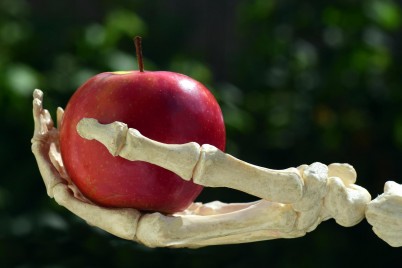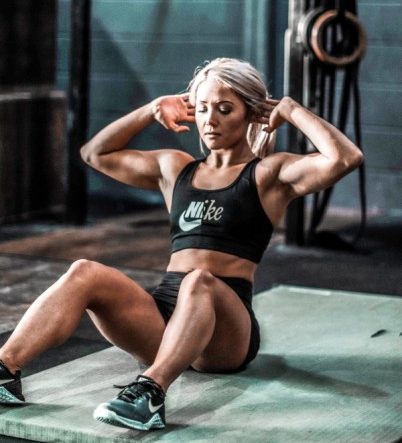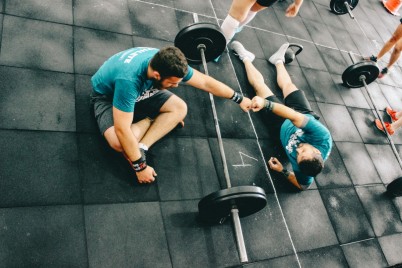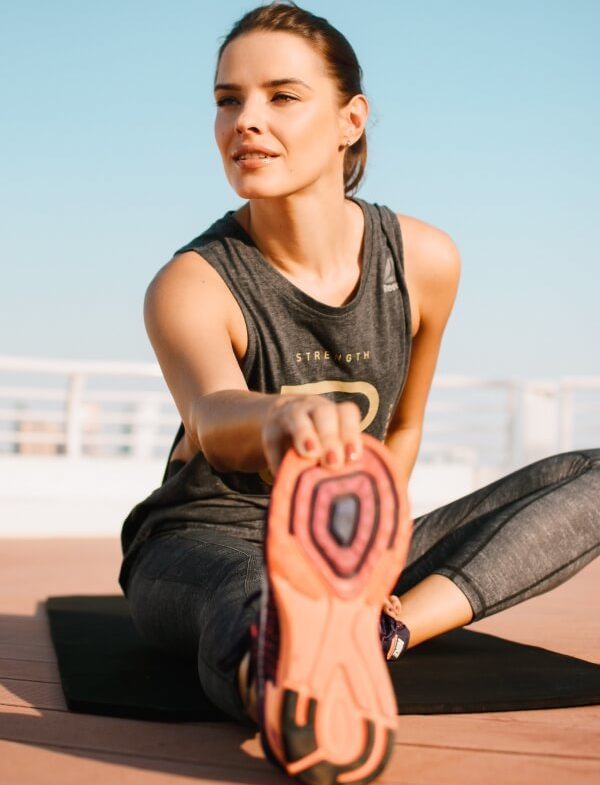1. Föger-Samwald, Ursula & Dovjak, Peter & Azizi-Semrad, Ursula & Kerschan-Schindl, Katharina & Pietschmann, Peter. (2020). Osteoporosis: Pathophysiology and therapeutic options. EXCLI journal. 19. 1017-1037. 10.17179/excli2020-2591. https://www.researchgate.net/publication/343656184_Osteoporosis_Pathophysiology_and_therapeutic_options
2. Pouresmaeili, Farkhondeh & Dehghan, Behnam & Kamarehei, Maryam & Goh, Yong. (2018). A comprehensive overview on osteoporosis and its risk factors. Therapeutics and Clinical Risk Management. Volume 14. 2029-2049. 10.2147/TCRM.S138000.
https://www.researchgate.net/publication/328752903_A_comprehensive_overview_on_osteoporosis_and_its_risk_factors
3. Susan’s story: osteoporosis –– NHS England
https://www.england.nhs.uk/rightcare/wp-content/uploads/sites/40/2017/02/rightcare-susans-story-full-narrative.pdf
4. Silva, Ana & Rosa, Maria & Fernandes, Bruna & Lumertz, Suéli & Diniz, Rafaela & Damiani, Maria. (2015). Factors associated with osteopenia and osteoporosis in women undergoing bone mineral density test. Revista Brasileira de Reumatologia (English Edition). 55. 223-228. 10.1016/j.rbre.2014.08.011.
https://www.researchgate.net/publication/282482292_Factors_associated_with_osteopenia_and_osteoporosis_in_women_undergoing_bone_mineral_density_test
5. Sipos, Wolfgang & Pietschmann, Peter & Rauner, Martina & Kerschan-Schindl, Katharina & Patsch, Janina. (2009). Pathophysiology of osteoporosis. Wiener medizinische Wochenschrift (1946). 159. 230-4. 10.1007/s10354-009-0647-y.
https://www.researchgate.net/publication/26255071_Pathophysiology_of_osteoporosis
6. Demontiero, O., Vidal, C., & Duque, G. (2012). Aging and bone loss: new insights for the clinician. Therapeutic advances in musculoskeletal disease, 4(2), 61–76. https://doi.org/10.1177/1759720X11430858
https://www.ncbi.nlm.nih.gov/pmc/articles/PMC3383520/
7. Ortego-Centeno N, Muñoz-Torres M, Jódar E, Hernández-Quero J, Jurado-Duce A, de la Higuera Torres-Puchol J. Effect of tobacco consumption on bone mineral density in healthy young males. Calcif Tissue Int. 1997 Jun;60(6):496-500. doi: 10.1007/s002239900270. PMID: 9164822.
https://pubmed.ncbi.nlm.nih.gov/9164822/
8. Kline, Jennie & Tang, A. & Levin, B.. (2016). Smoking, alcohol and caffeine in relation to two hormonal indicators of ovarian age during the reproductive years. Maturitas. 92. 10.1016/j.maturitas.2016.07.010.
https://www.researchgate.net/publication/305628047_Smoking_alcohol_and_caffeine_in_relation_to_two_hormonal_indicators_of_ovarian_age_during_the_reproductive_years
9. Brot, Christine & Jørgensen, N & Sørensen, O. (2000). The infuence of smoking on vitamin D status and calcium metabolism. European journal of clinical nutrition. 53. 920-6. 10.1038/sj.ejcn.1600870.
https://www.researchgate.net/publication/12699768_The_infuence_of_smoking_on_vitamin_D_status_and_calcium_metabolism
10. Charles L. Donaldson Stephen B. Hulley John M. Vogel Robert S. Hattner Jon H. Bayers Donald E. McMillan: Effect of prolonged bed rest on bone mineral VOLUME 19, ISSUE 12, P1071-1084, DECEMBER 01, 1970
https://www.sciencedirect.com/science/article/abs/pii/0026049570900326
11. Mirza, F., & Canalis, E. (2015). Management of endocrine disease: Secondary osteoporosis: pathophysiology and management. European journal of endocrinology, 173(3), R131–R151. https://doi.org/10.1530/EJE-15-0118
https://www.ncbi.nlm.nih.gov/pmc/articles/PMC4534332/
12. national health and nutrition examination survey (NHANES) – Dual energy X-ray Absorpiometry (DXA) Procedures Manual
https://www.cdc.gov/nchs/data/nhanes/nhanes_07_08/manual_dexa.pdf
13. Kanis, JA & Mccloskey, Eugene & Johansson, H & Oden, A & Ström, Oskar & Borgström, Fredrik. (2010). Development and use of FRAX® in osteoporosis. Osteoporosis international : a journal established as result of cooperation between the European Foundation for Osteoporosis and the National Osteoporosis Foundation of the USA. 21 Suppl 2. S407-13. 10.1007/s00198-010-1253-y. https://www.researchgate.net/publication/44593901_Development_and_use_of_FRAXR_in_osteoporosis
14. Maresz, K. (2015). Proper Calcium Use: Vitamin K2 as a Promoter of Bone and Cardiovascular Health. Integrative medicine, 14 1, 34-9 .
https://www.semanticscholar.org/paper/Proper-Calcium-Use%3A-Vitamin-K2-as-a-Promoter-of-and-Maresz/5f60929dd50a68db30aefbb54294cbf18ce93691
15. Abrahin, Odilon & Rodrigues, Rejane & Marçal, Anderson & Alves, Erik & Figueiredo, Rosa & Sousa, Evitom. (2016). Swimming and cycling do not cause positive effects on bone mineral density: a systematic review. Revista Brasileira de Reumatologia (English Edition). 56. 10.1016/j.rbre.2016.02.013.
https://www.researchgate.net/publication/297892316_Swimming_and_cycling_do_not_cause_positive_effects_on_bone_mineral_density_a_systematic_review
16. Hong, A. R., & Kim, S. W. (2018). Effects of Resistance Exercise on Bone Health. Endocrinology and metabolism (Seoul, Korea), 33(4), 435–444. https://doi.org/10.3803/EnM.2018.33.4.435
https://www.ncbi.nlm.nih.gov/pmc/articles/PMC6279907/






